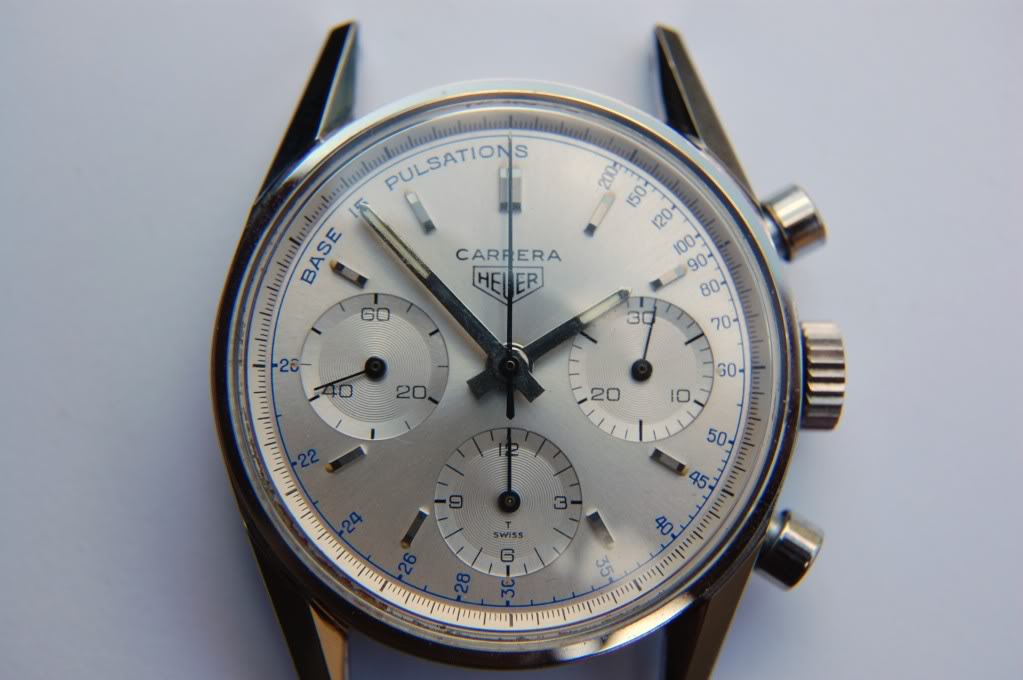dsio
··Ash @ ΩFI've just been reading through http://carrera.calibre11.com/1960s-heuer-carrera/ and stopped when I saw this image of a two-register Carrera variant:

I imagine whoever the owner of this example is has no interest in selling his and understandably so, but the clean non-tachymeter dial and two register layout looks absolutely stunning, what reference is this version with the 45 minute minute counter, and how long were they in production?

I imagine whoever the owner of this example is has no interest in selling his and understandably so, but the clean non-tachymeter dial and two register layout looks absolutely stunning, what reference is this version with the 45 minute minute counter, and how long were they in production?







